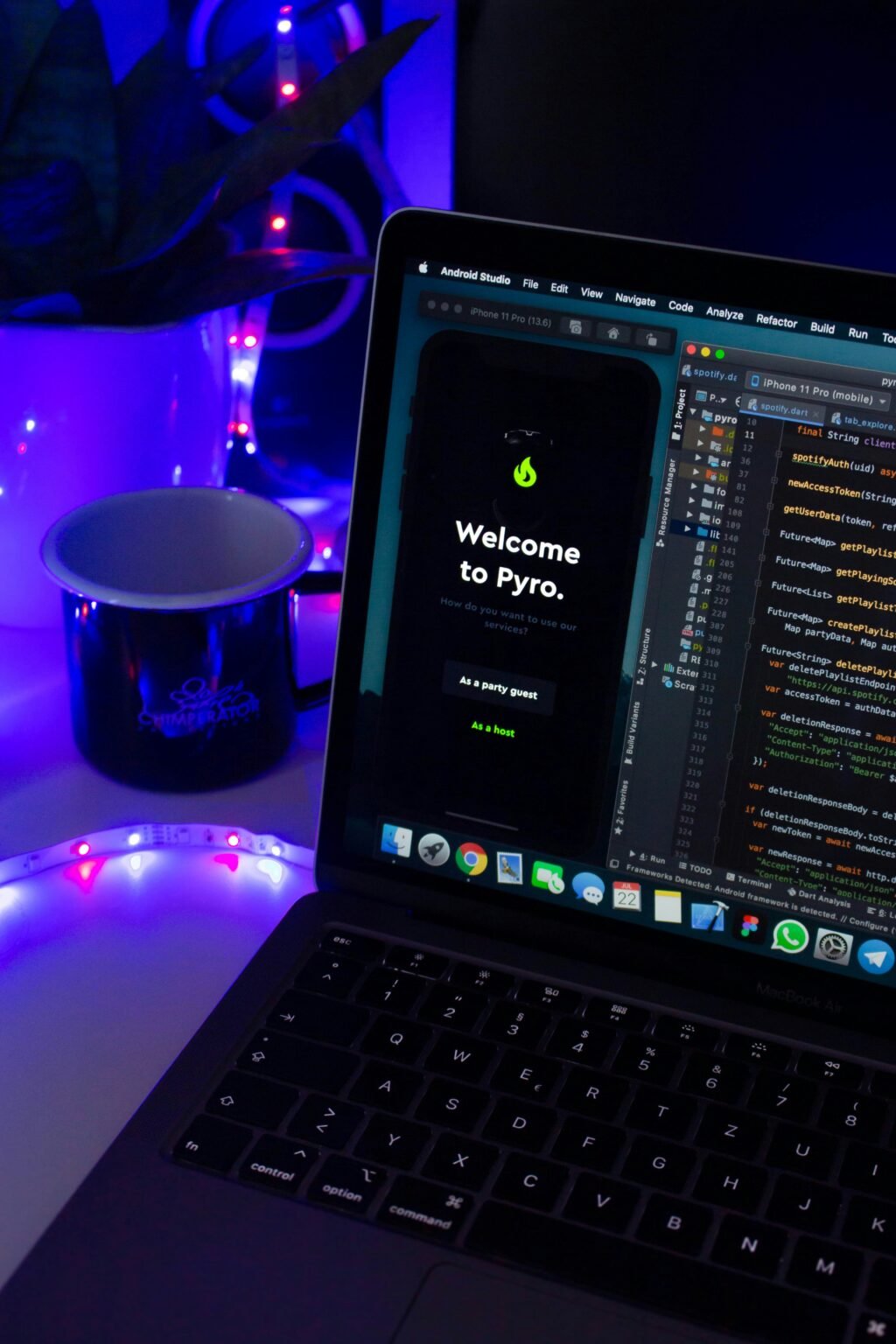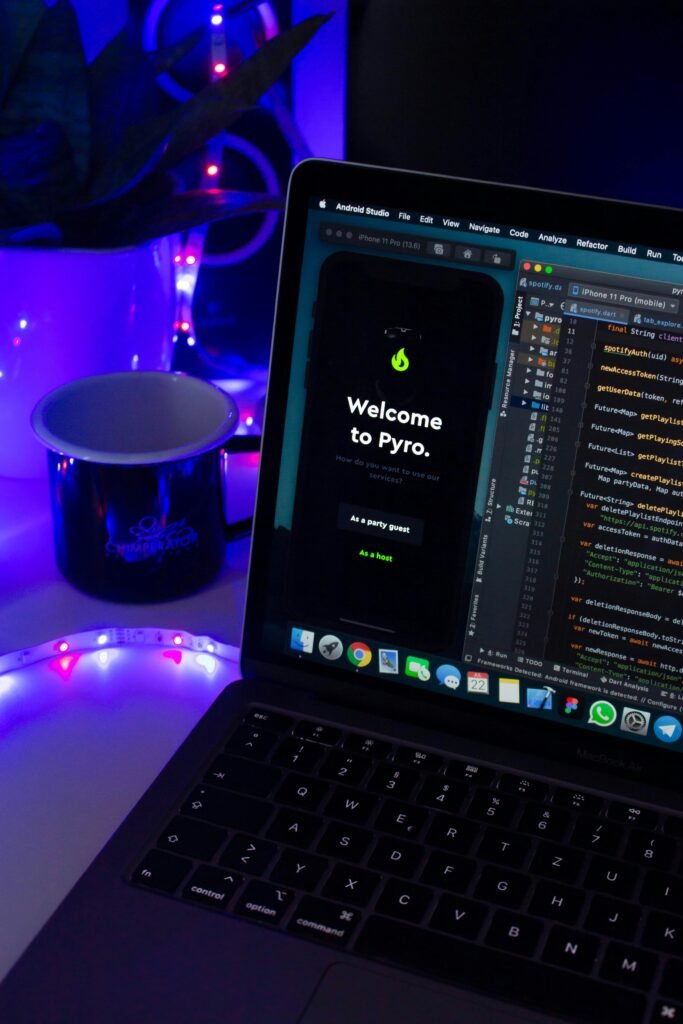
With the rapid growth of smartphone usage, mobile app development has become one of the most lucrative industries worldwide. Businesses and developers are continually creating apps to meet various user needs, ranging from entertainment and productivity to e-commerce and social media. Whether you are a beginner or a business owner looking to develop a mobile app, this step-by-step guide will help you navigate the process.
Step 1: Define Your App Idea
Every successful app starts with a great idea. Before you dive into development, you need to outline the purpose of your app. Think about what problem your app will solve and who your target audience is. The more specific your app idea, the easier it will be to design and develop.
- Tip: Research existing apps in your niche to see how your idea stands out.
High CPC Keywords: Mobile app idea validation, app market research, mobile app niche selection.
Step 2: Choose Your Platform: Android, iOS, or Both?
The next step is deciding which platform you want your app to be on—Android, iOS, or both. Each platform has its pros and cons. Android has a larger global market share, while iOS users are known to spend more money on apps. You may choose to develop for both platforms to maximize your reach, but this will affect your development timeline and budget.
- Tip: Consider cross-platform development using tools like Flutter or React Native.
High CPC Keywords: iOS vs Android development, cross-platform app development, best mobile development platforms.
Step 3: Design the User Interface (UI) and User Experience (UX)
A great mobile app is visually appealing and easy to use. Designing the UI and UX is one of the most critical parts of app development. This stage involves creating wireframes and mockups that visualize how users will navigate through your app.
- Tools to Use: Sketch, Figma, Adobe XD.
- Tip: Focus on simplicity and ensure your app provides a seamless user experience.
High CPC Keywords: UI/UX design for mobile apps, app design software, mobile app wireframe tools.
Step 4: Choose the Right Technology Stack
The technology stack refers to the tools and frameworks you’ll use to develop your app. For iOS, you can use Swift, while Kotlin is a great choice for Android. If you’re going for cross-platform development, Flutter and React Native are widely used frameworks.
- Tip: Pick a technology that aligns with your long-term goals and the skills of your development team.
High CPC Keywords: Best mobile app development frameworks, Swift vs Kotlin, React Native app development.
Step 5: Develop the App (Coding Phase)
Once you have a design and a tech stack, the development process begins. This phase involves writing the code, developing the app’s core functionalities, and integrating third-party services like payment gateways, APIs, and notifications.
- Tip: Break the development process into milestones to track progress and manage time effectively.
High CPC Keywords: Mobile app development coding, mobile app programming, API integration for mobile apps.
Step 6: Testing Your App
After development, thorough testing is essential to ensure your app runs smoothly across different devices and operating systems. You need to test for bugs, performance issues, and usability.
- Types of Testing: Unit testing, User acceptance testing (UAT), Beta testing.
- Tip: Get feedback from real users by launching a beta version of your app.
High CPC Keywords: Mobile app testing tools, bug fixing for mobile apps, mobile app performance testing.
Step 7: Launch Your App
Once testing is complete and you’re confident in your app’s functionality, it’s time to launch! Publishing your app on the Google Play Store or Apple App Store will make it available to millions of potential users.
- Tip: Ensure that your app listing includes an engaging description, relevant keywords, and high-quality screenshots to attract downloads.
High CPC Keywords: App store optimization (ASO), launch mobile app on App Store, mobile app marketing.
Step 8: Marketing and User Acquisition
Post-launch, your app’s success largely depends on how well you promote it. Use social media, app review websites, and influencer marketing to drive traffic to your app. Offering limited-time promotions or incentives can also encourage users to download and try your app.
- Tip: Leverage app analytics to understand user behavior and optimize your app’s features.
High CPC Keywords: Mobile app marketing strategies, user acquisition for mobile apps, app analytics tools.
Step 9: Maintenance and Updates
Building an app doesn’t end with the launch. Regular updates are essential to keep your app functional and relevant. Pay attention to user feedback, fix bugs, and update your app with new features to keep users engaged.
- Tip: Release periodic updates to fix issues and enhance user experience.

Conclusion
Building a mobile app requires a well-planned process, from ideation and design to development, launch, and maintenance. By following this step-by-step guide, you can create an app that not only stands out but also delivers value to its users. With the growing demand for mobile apps, learning how to develop them can open up a world of opportunities in the tech industry.




BEST CONTENT EVER
KEEP IT UP OWNER OF WEBSITE…